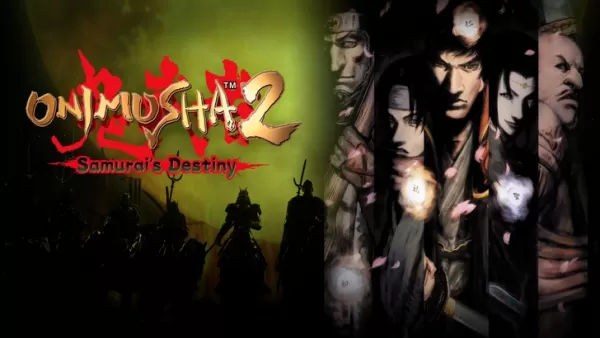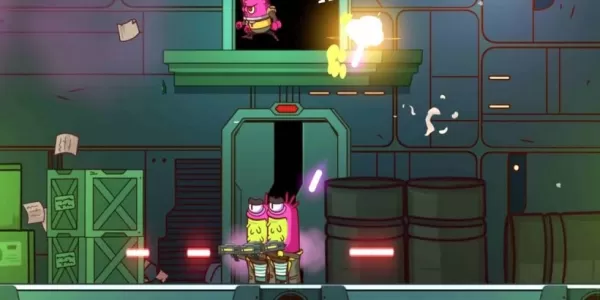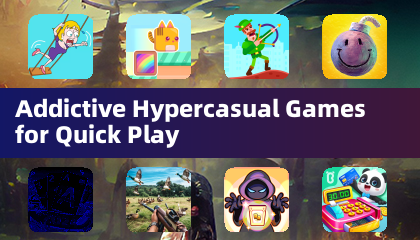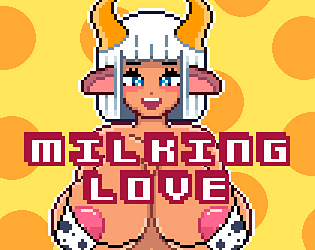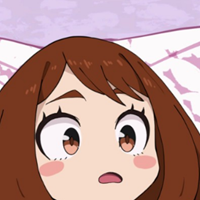From the arid deserts and bustling forests to the fiery volcanoes and icy tundras, the Monster Hunter series has always captivated players with its diverse environments, each hosting unique ecosystems shaped by an array of monsters. The thrill of exploring these unknown worlds and tracking down prey is a cornerstone of the Monster Hunter experience.
This sense of adventure continues with Monster Hunter Wilds, the latest installment in the franchise. After traversing the Windward Plains and Scarlet Forest, players will venture into the challenging terrain of the Oilwell Basin, a region characterized by its flaming landscapes and oil-saturated silt. At first glance, it might appear barren and lifeless, but a closer look reveals small creatures navigating the mire, alongside remnants of an ancient civilization scattered throughout the area.
Yuya Tokuda, the director behind both Monster Hunter: World and Monster Hunter Wilds, provides insight into the Oilwell Basin's dynamic environment. "During the Fallow period, the Oilwell Basin is engulfed in mud and oil. However, when the Inclemency known as the Firespring occurs, it ignites the oilsilt. During the Plenty, the burnt oil and soot dissipate, unveiling the underlying minerals, microorganisms, and the vibrant colors of the manmade artifacts," he explains.
Down in the Muck
When asked about the concept behind the Oilwell Basin, Kaname Fujioka, the original Monster Hunter director and current executive and art director for Wilds, elaborates, "After designing the expansive locales of the Windward Plains and Scarlet Forest, we chose to craft the Oilwell Basin as a vertically connected environment. The area's conditions vary across its top, middle, and bottom strata. The top strata, where oil accumulates like mud, is touched by sunlight, while descending further increases the heat, with lava and other substances prevalent."
Tokuda adds, "The middle to bottom strata house creatures reminiscent of aquatic life, akin to those found in the deep seas or near underwater volcanoes. In Monster Hunter: World, we envisioned an ecosystem in the Coral Highlands where aquatic creatures adapted to surface life. We applied this knowledge to create the unique creatures and ecosystem of the Oilwell Basin."
Fujioka emphasizes the environmental transformation, "During the Fallow and Inclemency, the Oilwell Basin emits smoke, resembling a volcano or hot spring. However, during the Plenty, it adopts a clear, marine-like ambiance. A closer examination reveals a region teeming with ocean bed-like creatures."
The Oilwell Basin's ecosystem stands out from other locales. Beneath the oilsilt, a range of life thrives, from shrimp and crabs to small monsters that provide raw meat. Larger monsters prey on these smaller ones, which in turn filter microorganisms from the environment and oilsilt, deriving energy from the earth's heat. While the Windward Plains and Scarlet Forest rely on sunlight and vegetation, the Oilwell Basin is a realm driven by geothermal energy.
The Oilwell Basin introduces distinctive large monsters. One such creature is Rompopolo, a globular, noxious beast with needle-like teeth. Fujioka describes its design, "We envisioned Rompopolo as a tricky swamp-dweller that disrupts players with its toxic gas. The concept of a mad scientist inspired its purple hue and glowing red eyes. Interestingly, the equipment crafted from Rompopolo has a surprisingly cute aesthetic, including the Palico gear."
Tokuda agrees, finding the Rompopolo Palico equipment amusing, and encourages players to experience it firsthand.
Flames of Ajarakan
Another new inhabitant of the Oilwell Basin is Ajarakan, a gorilla-like monster enveloped in flames, yet with a slimmer silhouette compared to the Scarlet Forest's Congalala. Videos showcase Ajarakan and Rompopolo battling for territory, with Ajarakan using its fists in a martial arts-inspired style, even employing a bear hug on Rompopolo.
Tokuda explains the design philosophy behind Ajarakan, "Typical fanged beasts have a low stance, placing their heads at the hunter's eye level, which can diminish the perceived threat. We aimed for a more imposing, top-heavy silhouette for Ajarakan, incorporating flame elements native to the Oilwell Basin and wrestling-inspired grabbing attacks to highlight its physical prowess. It's a blend of strength, physical attacks, and fire, exemplified by its ability to melt and hurl objects."
Fujioka adds, "With a series of unique monsters, we wanted to introduce one whose strengths are immediately clear. Ajarakan's straightforward attacks, like punching or slamming its fists to ignite flames, make it a powerful, no-nonsense adversary."
Ajarakan occupies a high position in the Oilwell Basin's ecosystem. Unlike the cunning Rompopolo, Ajarakan's design focuses on raw power, with its fiery attacks accentuating the region's hierarchy. Fujioka notes, "Initially, Ajarakan was just a physically powerful monster. We wanted to infuse more personality into it, utilizing the fiery environment. Rather than simply breathing fire, we designed it as if it were wearing flames, inspired by the Buddhist deity Acala. The concept of Ajarakan's internal temperature rising to melt anything in its path added depth to its character. We wanted players to dread the thought of being hugged by such a hot creature."
To avoid Ajarakan's straightforward design leading to monotonous movements, Fujioka explains that the team continually added more dynamic techniques, such as the monster jumping into the air, curling into a ball, and crashing to the ground.
A Monster Generations in the Making
Ruling over the Oilwell Basin as its apex predator is Nu Udra, the "Black Flame," an octopus-like monster that secretes flammable oil, allowing it to stretch and maneuver freely. Similar to how Rey Dau controls lightning in the Windward Plains and Uth Duna envelops itself in water in the Scarlet Forest, Nu Udra wields flames. Fujioka confirms the inspiration behind Nu Udra, "Yes, octopuses were our starting point. We aimed for a striking silhouette with demonic horns, but also a design that obscures its face."
Tokuda notes that even the music during battles with Nu Udra reflects its demonic theme, with composers incorporating elements reminiscent of black magic.
The development of Nu Udra drew upon past concepts, such as the tentacled Lagiacrus from Monster Hunter Tri. Tokuda reminisces, "I proposed an octopus-shaped monster for underwater combat in Tri, emphasizing its unique movements. Though technical challenges prevented its realization at the time, I held onto that idea."
Fujioka discusses how past tentacled monsters like Yama Tsukami and Nakarkos influenced Nu Udra's development. "We enjoy using monsters with unique movements at pivotal moments, as their silhouettes create memorable impressions. Including too many can tire players, but one at the right time leaves a lasting impact, similar to encountering Yama Tsukami in Monster Hunter 2 (Dos)."
Tokuda, who originally placed Yama Tsukami in the game, acknowledges the technological limitations of the time but emphasizes the team's dedication to leaving an impression. The realization of Nu Udra represents a significant achievement for both Tokuda and Fujioka, as it freely moves using its cephalopod traits, offering new gameplay dynamics.
Fujioka highlights the technical challenges of animating a tentacled monster like Nu Udra, especially in relation to terrain and targeting. "We pushed our boundaries with Nu Udra's flexible body animations. We start with ambitious ideas, challenging our artists to realize them, and the results are often spectacular."
Tokuda shares a memorable moment from development, "When we implemented Nu Udra's movement into a hole, an animator wanted me to see it. Their satisfaction at my amazement was palpable."
Fujioka's pride in the team's work is evident as he describes Nu Udra's animations, such as its ability to wrap around ancient pipes and navigate small holes. "It's a testament to our team's effort, showcasing real-time gameplay that only video games can achieve."
Battling Nu Udra presents unique challenges due to its flexible, ever-changing body. Tokuda advises, "Its body is soft with many breakable parts. Hunters should strategize their attacks, as severing a tentacle reduces its area-of-effect attacks. It's designed for multiplayer, with targets split among players."
Fujioka adds, "Like Gravios, destroying Nu Udra's parts brings you closer to victory. Observing its movements and making strategic decisions aligns with Monster Hunter's core gameplay."
A Welcome Reunion
Fujioka's mention of Gravios leads to the revelation that this fan-favorite, absent since Monster Hunter Generations Ultimate, returns in the Oilwell Basin. Its rocky carapace and hot gas emissions make it a fitting addition.
Tokuda explains the decision to bring back Gravios, "We chose monsters that fit the Oilwell Basin's environment, align with the game's progression, and offer a fresh challenge. Gravios met these criteria, leading to its reappearance."
In Monster Hunter Wilds, Gravios retains its hard body, presenting a formidable challenge. Tokuda elaborates, "We wanted Gravios to retain its distinctive hardness while serving as a late-game challenge, requiring hunters to use the wound system and part-breaking mechanics to uncover its vulnerabilities."
All Monsters in Monster Hunter Wilds
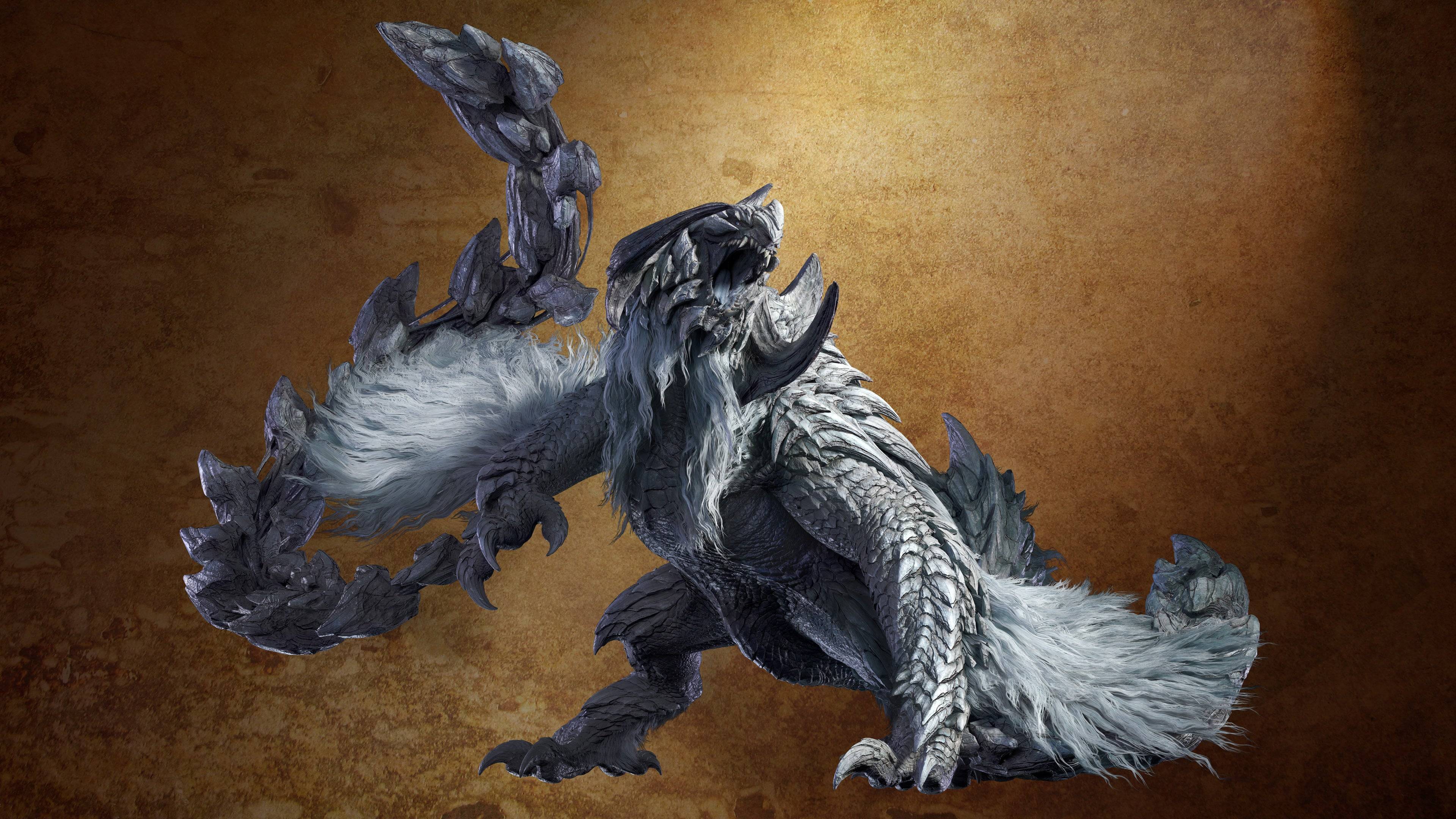
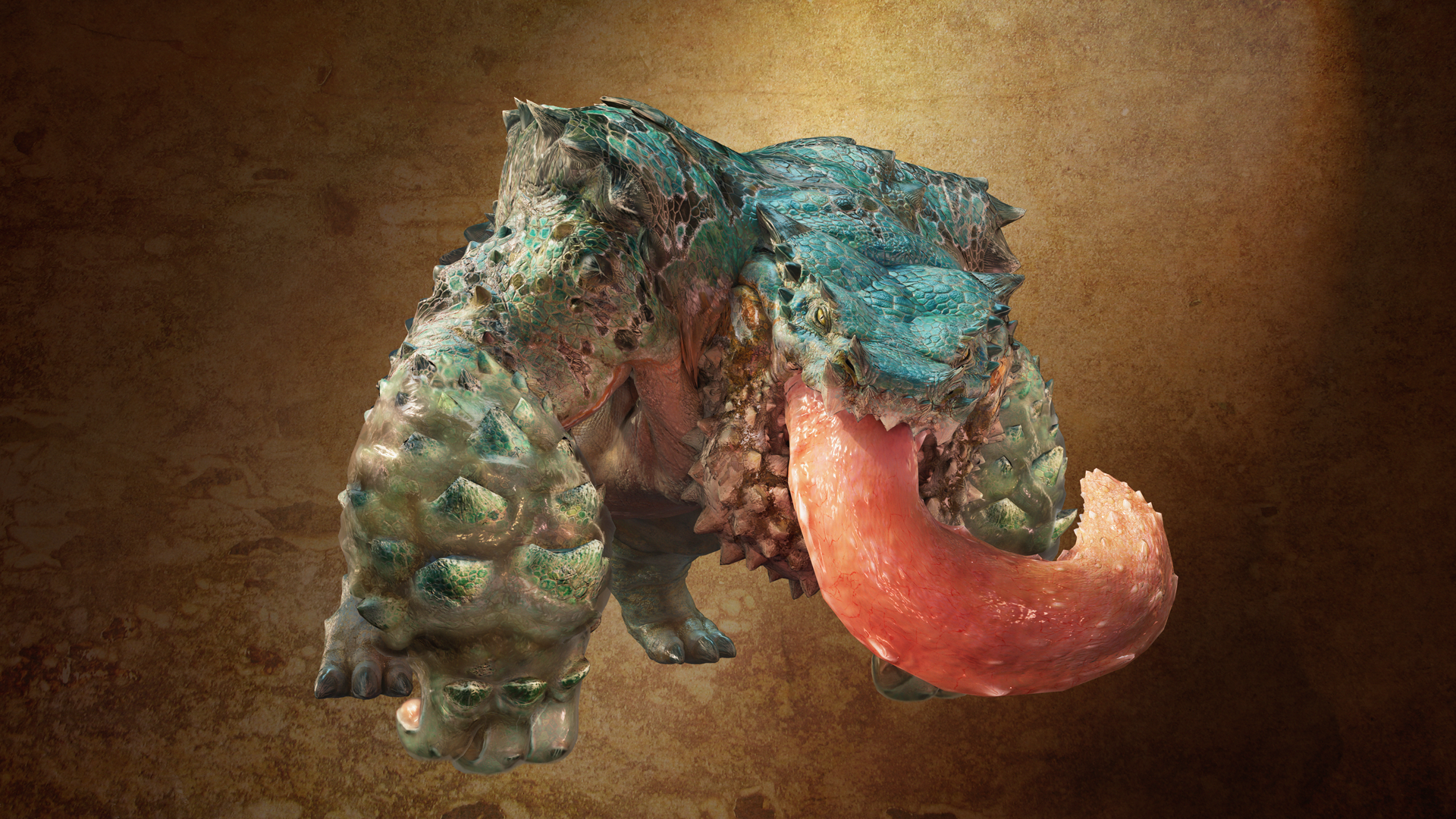 17 Images
17 Images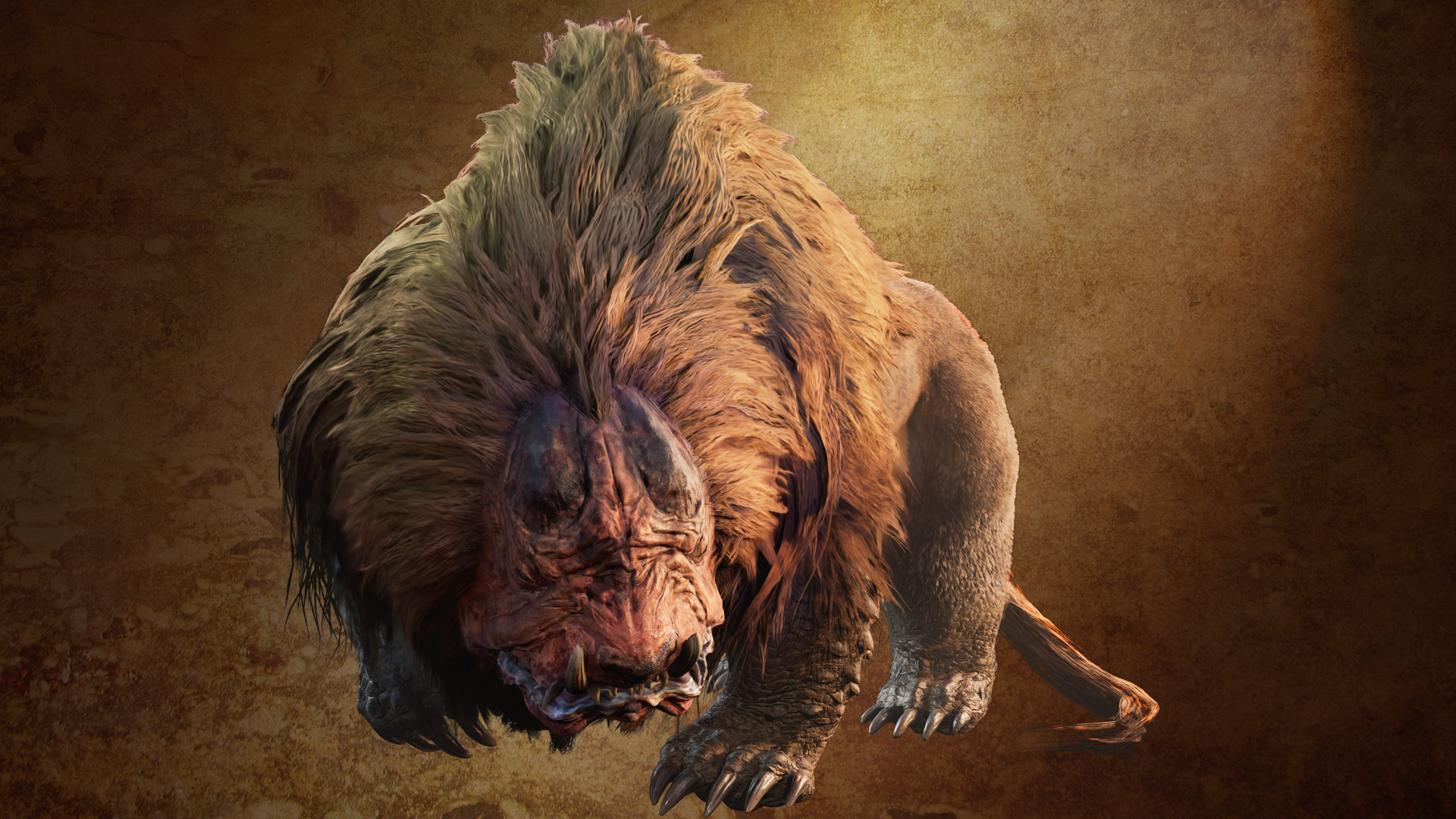
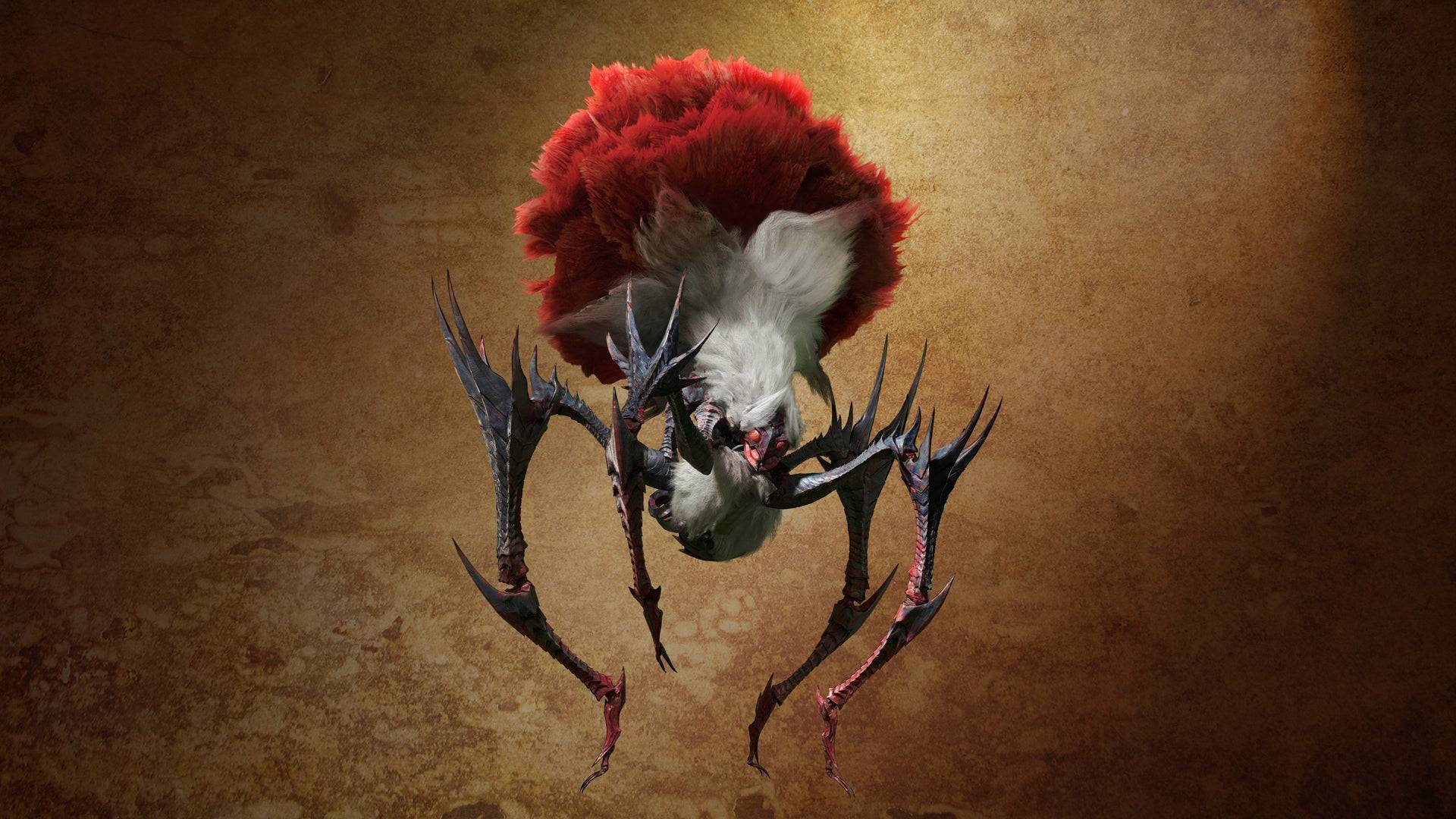

 While Gravios returns, its juvenile form, Basarios, will not appear in Monster Hunter Wilds. Fujioka apologizes, "Basarios will sit this one out. We carefully consider which monsters to include, ensuring they enhance the game's experience."
While Gravios returns, its juvenile form, Basarios, will not appear in Monster Hunter Wilds. Fujioka apologizes, "Basarios will sit this one out. We carefully consider which monsters to include, ensuring they enhance the game's experience."
The Monster Hunter team's meticulous approach to monster selection ensures that each creature contributes meaningfully to the game. Although Basarios won't be present, numerous other monsters will inhabit the Oilwell Basin, promising an exciting hunt ahead.

